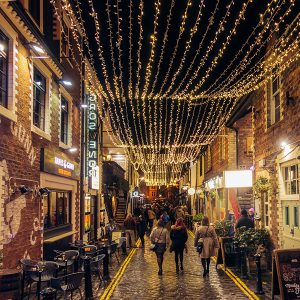

The Fringe Festival is about to unleash its unique brand of creative madness on Scotland’s capital. It has grown into such a phenomenon with so many people and so many events. The Fringe catalogue is big enough to make a deadly weapon (or at least a highly effective doorstop).
But this year, let’s take a look at our neighbour to the west.
Glasgow, just a 45-minute train ride from Edinburgh, has a vibrant arts scene and is an especially fine place for live music. If you want a respite from the pedestrian traffic of mid-August Edinburgh, or simply want to explore more of what Glasgow has to offer, start with events on Brown Paper Tickets.
Glasgow Food and Drink
1. Mono Beer Festival, August 11
Mono is a great venue-restaurant at King’s Court. They have an in-house independent record store called Monorail Music, and, if you thought it couldn’t get more awesome, they’re a vegan café and bar who have developed a grand reputation since opening in 2002.
For the Mono Beer Festival, they are teaming up with Williams Brothers brewing to bring, as they’ve put it:
“A full day of the best and freshest beers on offer, curated by the pros behind the scenes at Williams. With the best beer garden in the city, a dedicated food menu and outdoor BBQ and a full entertainment line up with Mono’s historically awesome flair, this will be one of the best ways to use a beautiful August weekend.”
Full details to be announced. It’s definitely one to keep an eye on.
Music and Dance Events
2. Shoot Your Shot
Shoot Your Shot celebrates its 5th birthday August 3rd at The Poetry Club, 100 Eastvale Place. They are delighted to feature DJ CORMAC. As this is a club, it has a minimum age of 18. You’ll want to be prepared to have a good time and dance the night away. For a sample of the vibe, visit Shoot Your Shot’s soundcloud page.
3. Spinning Coin, Snout, Tarantula, Stuart McIntosh DJ
Not into clubbing? No worries! An alternative choice for August 3rd, there’s this excellent wee gig at The Old Hai. Starting at 20:00, this line-up is delightfully diverse in sound. From the samples online, Spinning Coin reminded us of The Smiths and Snout has wonderful harmonies and a unique ‘glam-tinged folk’ sound. Tarantula is a surprising whirlpool of riffing electric sounds, and of course there’s Stuart McIntosh DJ to end the night.
Listen to samples of the music and get more details.
4. The Other Favorites & Reina del Cid at Stereo
Dipping even more into the folk and bluegrass scene, if you have a hankering for Americana, this gig is for you. August 22nd at 20:00 at Stereo, another fine vegan café and bar (and their building was designed by Charles Rennie Mackintosh). Read up on them here.
The Other Favorites are a duo made of Carson McKee and Josh Turner. The gained fame on YouTube and are known for their tight harmonies and string playing. You can see all their videos here on Josh Turner’s YouTube channel.
Joining will be Reina del Cid – “a singer songwriter and leader of the eponymous folk rock band based in Minnesota.” Also YouTube famous, you can find all her videos here. For this show, she is on tour with Toni Lindgren and they’ll present an acoustic set which they’re taking across the US and Europe.
5. Sgt Dougies Lonely Hearts Club Band
We don’t have much information (the name is intriguing enough), but if you know the band or want to try something new, why not give it a go?
6. Slomatis + Headling Kross + Dead Otters
Frustrated by current politics? Tired of the news? Experience catharsis with some heavy metal music. There’s always something happening at Nice N Sleazy and August 3rd is going to be one loud evening of fun. If you’ve not been to Nice N Sleazy before it’s a staple of the Glasgow social scene, a venue/restaurant/bar and a good friend to the indie and live music. Check them out here and follow the event link above for details and Bandcamp info.
Not so into loud music? If you’re looking for calmer activities, we may have just the thing.
Miscellaneous Events in Glasgow
7. Beyond Debating – An Introduction to Sociocracy
Want to learn about Sociocracy? Here is the definition on Wikipedia: “Sociocracy, also known as dynamic governance, is a system of governance which seeks to achieve solutions that create harmonious social environments as well as productive organizations and businesses. It is distinguished by the use of consent rather than majority voting in decision-making, and decision-making after discussion by people who know each other.”
This intriguing event will set you on a path towards expertise where Sociocracy is concerned. It takes place August 3rd starting at 10:30 a.m. at the Clyde Community Hall. Please note, this is a Gift Share Event but there is an attending deposit.
8. Simply Clear Decluttering Workshop
For the ultimate in a relaxing and rewarding experience, consider this decluttering workshop with Dr. Zem Moffat. End your summer and begin your fall with a freshly organized space, whether it’s your home, office, or garage. It takes place Aug 31, 2019 at the Queens Park and Govanhill Parish Church. You can find more information on the process and testimonials on Dr. Zem’s website.
Honourable Mentions . . .
There are two magic shows going on in Glasgow; they’re both sold out, but we couldn’t leave them out.
9. Bill Reid “Watch Closely” at The Bungo
10. Nothing To See
Mr. Davidson is entirely sold out for all his shows. We’re sad for those missing out, but good for you, Mr. Davidson.
There are still tickets left for Billy Reid’s shows from September onwards, just in case you fancy some close-up magic and “the most beautiful card trick in the world.”
These August events are just a smattering of what Glasgow has to offer. Don’t take our word for it though, take a day and see for yourself.
Arts >

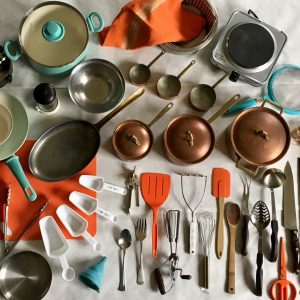




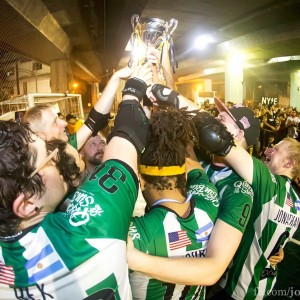
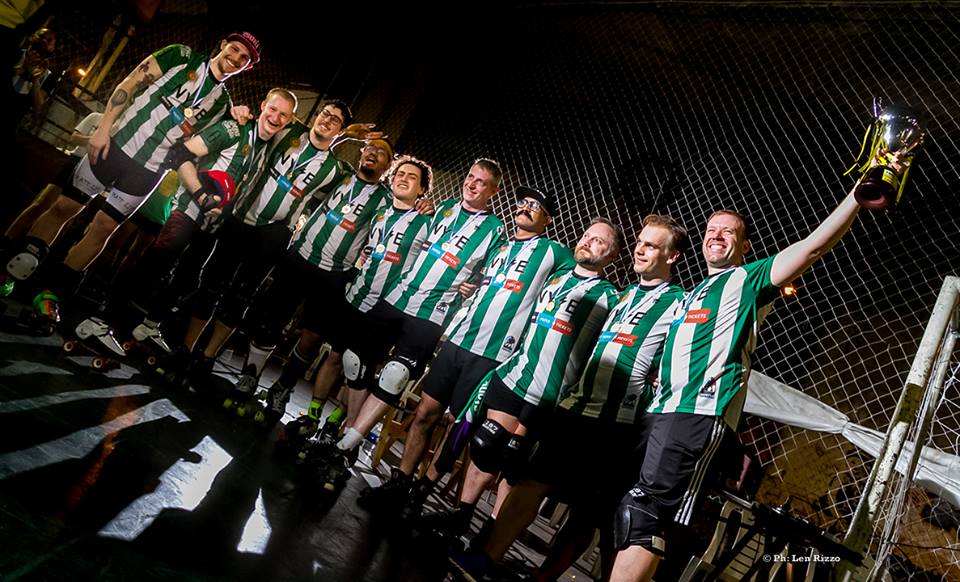
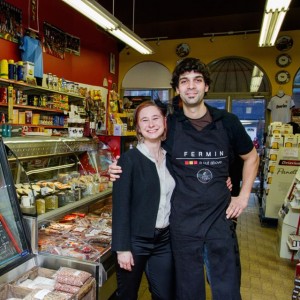
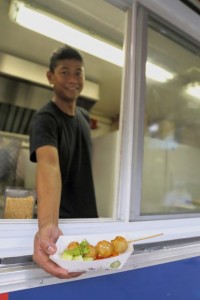
 Arts
Arts Comedy
Comedy Event Tips
Event Tips Film
Film Food & Drink
Food & Drink Good Causes
Good Causes Music
Music News
News Radio
Radio Roller Derby
Roller Derby